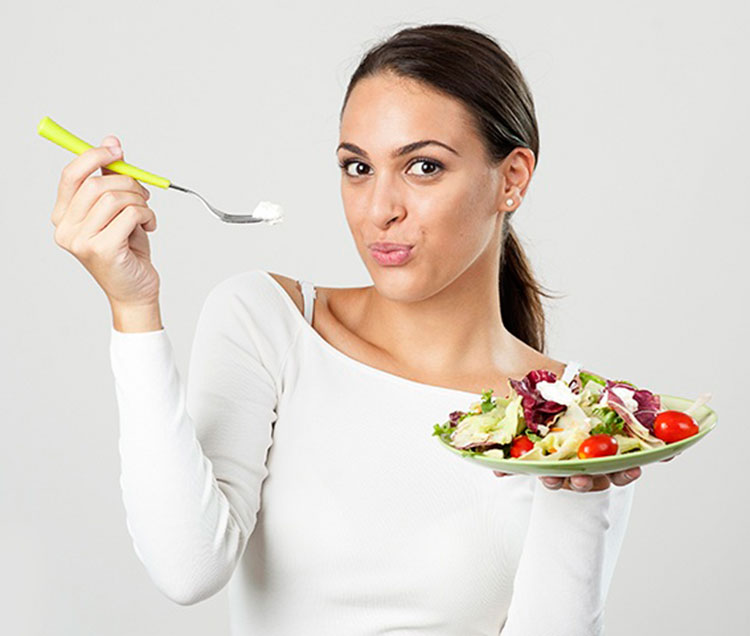You are what you eat! There is no denying the impact of certain foods on your health, especially if you are diabetic or are at a risk of developing Type 2 diabetes. Here is a list of the so-called ‘food offenders’; these are foods that contain high amounts of fat, sodium, carbohydrates and calories, which could increase your risk for a variety of health problems, including uncontrolled blood sugar, and weight gain.
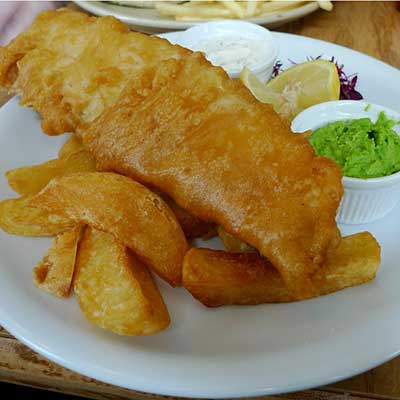
Battered Fish
Fish is generally seen as a safe choice for diabetics, but the danger lies in consuming it in its fried form. For example, if you were to order a typical breaded-fish meal, you would also be tucking into a variety of sides, including fries, coleslaw, etc. To get the best out of your fish menu, opt for baked or boiled variety.
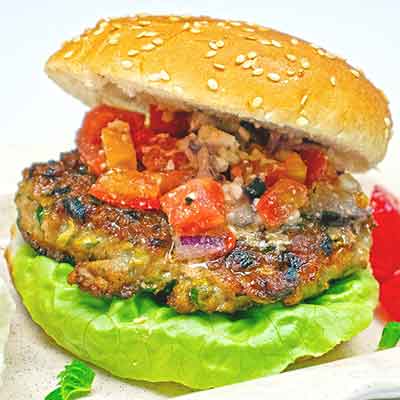
Burgers
Burgers are tasty, easy to pick, and you can eat them on the go. But the big, cheesy burgers can be high in saturated fat. A quick online check could help to understand a restaurant’s nutrition information before you go dining or have a takeaway.
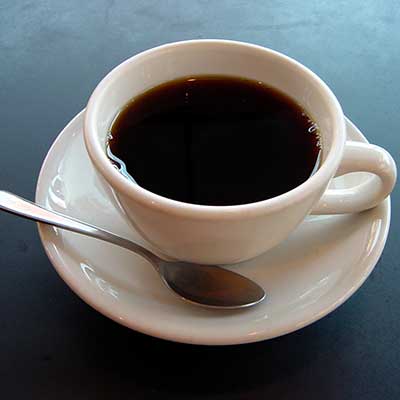
Coffee
An ideal coffee beverage for a diabetic would be a low calorie cup with a little milk or half-and-half. But if you were to pick your cup from any of the coffee shops around the capital or one of those popular coffee outlets, you would be in for a calorie overdose, as most are high caloried with carbs and fat contents.
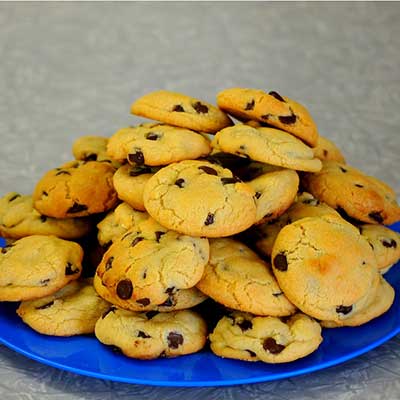
Cookies
Cookies, the ones bought from the store with the added sprinkles or chocolate chips could easily contain trans fats. Remember, butter, high-fructose corn syrup, shortening, margarine and the like are the biggest saturated fat and trans fat contributors, with a lot of potential to add calories and carbs. However, if you are craving to bite into a cookie, go ahead and bake them at home. The same theory applies to store-bought cakes too.
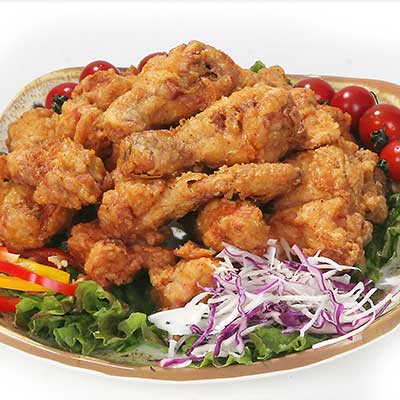
Deep-fried Starters
Agreed, deep-fried snacks (including fried chicken) have a higher yum quotient; but it is also true that they are the ones that are packed with all things wrong for your health. If you must have a starter or want to tuck into an entrée, look for healthier ways to cook them at home.

Doughnuts
Baked goodies, including doughnuts that you purchase from the store are high in calorie, sugar and fat contents. It is best to check out the food levels and opt for fat-free, sugar-free, or reduced-sugar varieties. Alternately, make them at home.
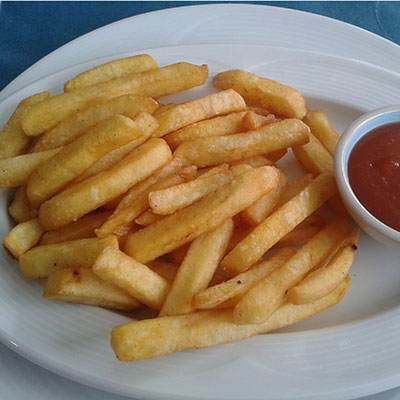
French Fries
Some foods, like the popular French fries are difficult to say ‘no’ to, but avoid it one must, as they are loaded with saturated fat, sodium, and calories. You could, of course, find options for trans-fat-free fries; however, they cannot be bracketed as good, especially when you have diabetes to contend. Treat yourself to a healthy dose of fries by making them at home in your oven.

Frozen Meals
Ready to eat frozen meals are, of course, convenient and easy if you have a busy office life. But they are packed with high sodium and fat contents that can make them a very unhealthy choice. That also applies to frozen pizzas, which are full of calories.
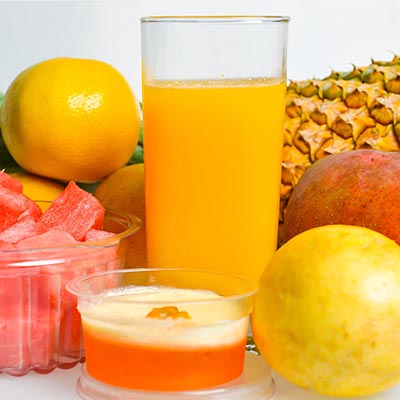
Fruit Juice
This may come as a surprise, but fruit beverages, sold in ready to consume packs, could also be bad for diabetics, as they can be high in calories and sugar. Get into a habit of checking the labels to assess the nutrition information is per serving.
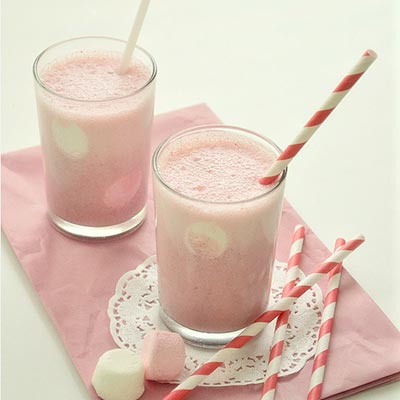
Milk Shakes
The rick milk shakes, available at a restaurant or a fast food joint, is loaded with sugar and calories. Prepare one at home and enjoy your milk shake – guilt free.
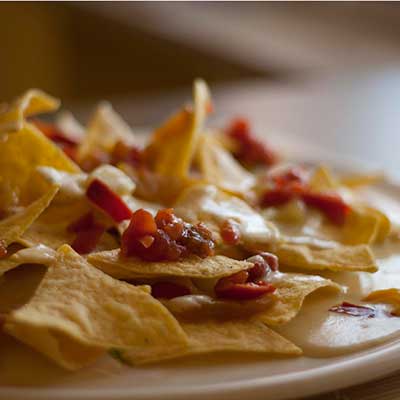
Nachos
Movies are just not complete without a portion of nachos. However, studies have shown that an order of nachos, whether at the cinema or in a restaurant, often exceeds an entire meal’s worth of calories, carbs, and fat.
Soft Drinks
Fizzy soft drinks are loaded with sugar and can easily spike the blood sugar levels. These drinks add calories and carbs and also lead to weight gain. You could opt for diet versions, which are made with sugar substitutes and other healthier alternatives.
What to EAT
Carbohydrates: whole grains, such as brown rice, oatmeal, quinoa, millet, or amaranth; baked sweet potato; dishes made with whole grains.
Vegetables: fresh vegetable; greens such as kale, spinach, and arugula; unsalted canned vegetables; a variety of coloured vegetables.
Fruits: Fresh fruit; plain frozen fruit or fruit canned without added sugar; sugar-free or low-sugar jam or preserves.
Protein: plant-based proteins such as beans, nuts, seeds, or tofu; fish and seafood; chicken and other poultry; eggs and low-fat dairy; low fat meat; plant-based proteins.
Dairy: 1% or skim milk; low-fat yoghurt; low-fat cottage cheese; low-fat or nonfat sour cream.
Fats and oils: natural sources of vegetable fats, such as nuts, seeds, or avocados; foods that give omega-3 fatty acids, such as salmon, tuna, or mackerel; plant-based oils, such as canola, grape seed, or olive oils.
Drinks: water, unflavored or flavored sparkling water; unsweetened tea; coffee, black or with added low-fat milk and sugar substitute.


